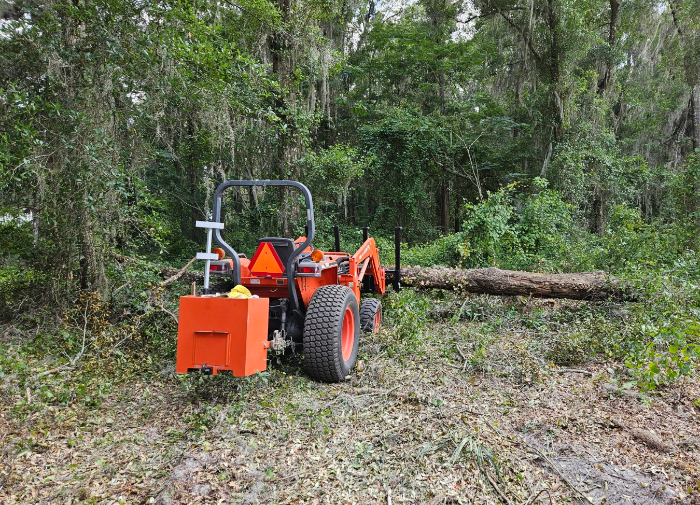Wood if I Could
June 3rd, 2024I Think I Hear Trees Crying
In an earlier post, I wrote about my victory over my stubborn Echo CS-590 60cc chainsaw. I got it in 2017, and although I made a pretty good effort to get information and find competent mechanics, I was rarely able to use it. It kept clogging up from ethanol, and I also did some stupid things like revving it with the brake on. I couldn’t find anyone around here who could fix it. It was the kind of saw you usually couldn’t start, and when you could, you were afraid to shut it down, because you knew that usually meant you were done cutting for the day. Probably for the week.
I finally got some good information. I did a half-rebuild on the carb, which is bigger than the one the saw came with. I installed two performance-enhancing parts: a flywheel key to advance the timing, and a less-restrictive exhaust deflector. I learned the right way (or at least an adequate way) to tune the carb, I found out how to make the saw start and stop (slightly different from the manual procedures), and I made the saw run.
From the factory, it was supposed to do about 12,000 RPM. With the new parts and tuning, I am now a little over 13,000, and chainsaw gurus insist it won’t hurt the saw. I think I could go higher if I twiddle with the carb a little more.
Sadly, although my saw was running like never before, I didn’t have a chance to try it on actual wood. I had a lot of stuff to do, and the few times I had time to cut wood, I dealt with things a little small for the Echo.
Today I got my chance. Last week, a crew came through and wiped out a bunch of dangerous oaks near my buildings, and they left a few things, including a big downed trunk. I could have used my cordless Makita, but I really wanted to see what the Echo would do.
It’s still starting reliably. Cold, it takes about three pulls with the choke on and one to three with it off. Takes right off. It idles nice and fast so it won’t stall, but the chain doesn’t move. Hot, it starts with one or two pulls. I’m not afraid to shut it down.
When I started cutting, I felt like I was in chainsaw heaven. The reborn saw ripped through everything. It sounded enraged. Granted, semi-rotten oak isn’t the best test, but I cut enough solid wood to know the saw was doing great. I’m pretty sure it’s better than it was new, which it should be, given that it’s a different saw.
The fork I built for the tractor is doing great, too. I picked up most of a medium-sized tree with no problem. I used the fork to hold it up so I could cut it without getting the saw bar close to the dirt, and everything went smoothly. A breeze.
I look forward to using the Echo now, which makes me wonder if I was smart to blow money on my new 24″ Husky. I was, though. Either saw could have a problem I can’t fix quickly, and repairs, even with the new shop I found, take over two weeks.
If I had known anything about saws back in ’17, and if the entire nationwide inventory of decent new and used saws had not evaporated right when I needed a saw, I could have saved a lot of money. I could have snapped up some lightly-used saws belonging to people who didn’t know how to fix them, and I could have turned them into reliable tree-eaters.
Even though I’m getting better at this, I dumped my Echo pole saw and 16″ Jonsered at the shop. They’re ready to pick up now. I feel a strong temptation to modify the muffler on the Jonsered. I’m even itching to put a new cylinder on it.
The Jonsered is the same saw as the Husky 435, which is identical to the 440, except for the cylinder. The 440 makes almost 10% more horsepower. How can I live without that 10%? It’s embarrassing.
No idea why Husqvarna would make two saws that are identical except for one part, just to squeeze $30 more out of customers for better performance. Seems like bad marketing.
Anyway, it’s great to see the Echo come back to life, improved. Maybe now that I can tune a saw, I can avoid repair shops altogether.
Well. Unless something awful happens.
